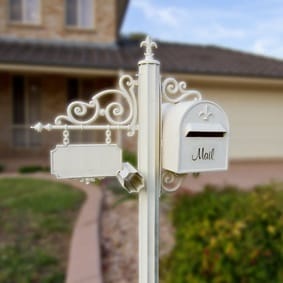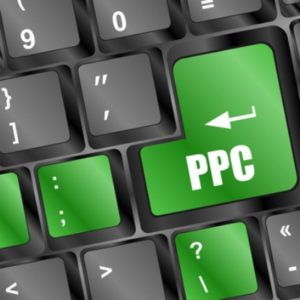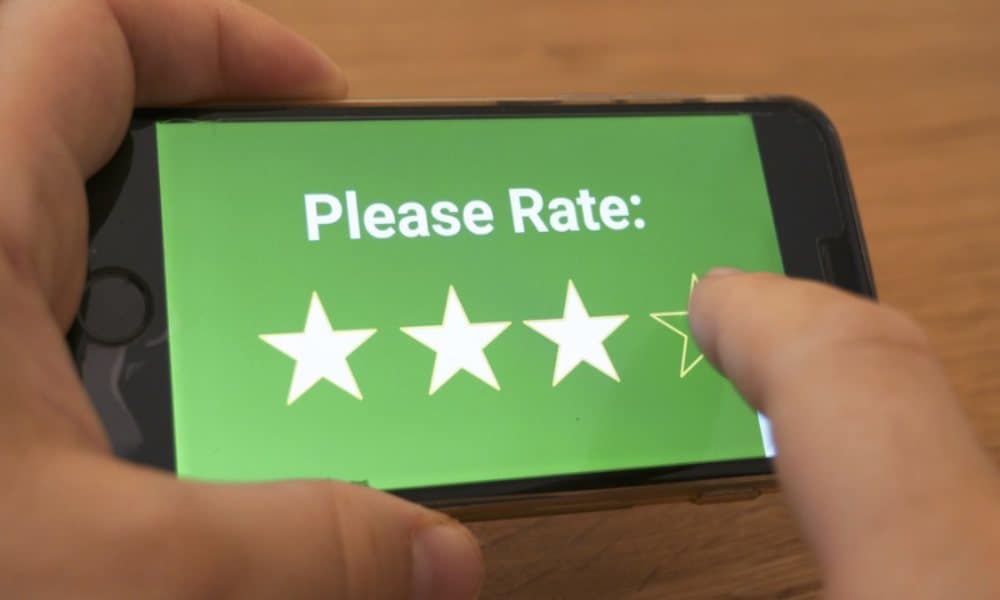What marketing activities will be most effective for your small to medium service business?
It’s a challenge. The answer will be different for every single business, but here’s my shortlist of effective marketing strategies that work for most businesses. Of course, there are other activities you can try, but these are always on my shortlist when I’m looking at options for a new client.
1. Networking

It’s simple. It’s boring. You may not even think of it as marketing. You certainly don’t need a marketing consultant to help you do it. (Although if you do need help talking to people, I strongly recommend Rod Matthews.)
A client once told me, ‘The only way you get going when you start is, you hit the pavement.’
That’s true. The more people you meet, the more people you have a chance to impress. You are your own best salesperson. Usually, you meet in person, but you can also network online. It’s one of the goals I set for social media such as Twitter.
Two golden rules of networking
- Give before you get. Making a sales pitch to everyone you meet is not going to help. Tell them what you do, by all means, but spend just as much time finding out what they do. Find out what challenges they’re facing – even if those are nothing to do with your service. Then help if you can. Send them links to helpful information. If you know someone who might be able to help them, make a referral. It makes them more likely to do the same for you.
And suddenly the people you network with are not just potential clients, they’re a referral network. Which means you’re reaching far more people! - Quality means more than quantity. We’ve all met someone who goes around the room handing out business cards but doesn’t stop to have a real conversation or find out more about us. That’s not a good way to build a relationship.
A smaller number of people who know you better, work with you and are prepared to recommend your work better than a long list of business cards.
How long does networking take?
Networking may work really quickly, or it may take time. You just have to keep going.
I remember one person that I just kept in touch with. Occasional contact only – I’m not the best networker myself! I’d sent him an email saying, “How are you going? We should catch up for a coffee.” And then I’d forgotten to follow up.
Eight months later, I got a reply saying, “Sorry. We never got the coffee but we should do it now. I know a company which might need help with mentoring the marketing person, and you sound ideal to do it.” Eight months after our last contact. 18 months or more after we first met. But I got the business.
So don’t give up. Keep trying. You get known. You meet new people. And in addition to clients, you may also end up with a great business support network.
2. Client referrals
One marketing opportunity which I find is highly underrated by most businesses is their own clients and customers.
If your clients pay you, then come back and use you again, pay you again, chances are they’re happy with what you’re doing. They may even like you too! So why not ask them for help?
Ask existing customers for testimonials and case studies. Ask them for referrals.
You can set up a formal referral programme with incentives, but in many cases, you don’t need to. Why not just ask. “Tell me, is there anybody else you know who might be interested in my services?” Or when you send out a newsletter, suggest they share it with anyone who might find it useful.
If you don’t ask, they probably won’t. If you do ask, they might.
3. Build (and use) an email marketing list
 Email is how you get value out of your networking, and out of your leads.
Email is how you get value out of your networking, and out of your leads.
Most people buy a car. But most people you meet aren’t looking to buy a car right now. It’s the same with your services. There are plenty of potential clients out there who aren’t ready to buy at the time you meet them. There’s no point in selling to them right now, but you do want to stay in touch – so that when they are ready, they come to you.
Whenever you meet new people, capture them for the future. Connect with them on LinkedIn. Ask if you can add them to your newsletter. In case you don’t know, I am a passionate believer in email marketing.
After one event I went to, I sent a dozen personalised followup emails. They said things like,
‘It was lovely to meet you last night. I enjoyed talking about <whatever we talked about>. I especially liked <something they said which was new to you, or an interesting point of view>. Here’s a link to the article I mentioned. And I hope you don’t mind, I’ve added you to our newsletter because I’d like to stay in touch. You can unsubscribe at any time.’
3 or 4 people wrote back thanking me and saying they were looking forward to the newsletter. This is amazing, because normally people just groan about emails in their inbox, but the personal touch made all the difference.
4. Leaflet drops
 If you’ve got no contacts and you don’t know anybody, the first thing you need to do it let people know you exist. Leaflets in mailboxes around your local area work really well for this.
If you’ve got no contacts and you don’t know anybody, the first thing you need to do it let people know you exist. Leaflets in mailboxes around your local area work really well for this.
You can do this whether you’re B2B or B2C. Just choose which mailboxes to use. (Did you know you can put a leaflet in all the PO boxes in a given post office? Often a good option for B2B.)
To get more than awareness, include an offer. (Check out this comparison of real estate agent flyers to see what I mean.) Exactly what the best offer is depends on what you’re selling and what your price point is. A special deal. A free consultation. Discount for first 10 respondents. An invitation to an event. It doesn’t cost much to host cheese and wine in your new office and celebrate your opening!
At least now some people know about you. (And you should have the start of an email marketing list.)
5. Third party email marketing
Check for magazines, associations and websites relevant to your service offering. Many offer opportunities to advertise.
Generally, third party email marketing is far more effective in getting leads than online ads on the same site. It’s more expensive, but it’s worth it!
- If it’s available, and if you can afford it, have a dedicated email. You create and provide content, they create and send the email on your behalf. Usually, it presents as a ‘special offer from our partner’ or some such.
- If that’s not an option or it’s too expensive, try a banner or sponsored article in the standard newsletter.
- Remember, you want to capture people with potential future need as well as hot enquiries for right now. So offer something of value – and something relevant to your business – in exchange for an email address.
- A research report – current rental price and occupancy rates if you’re a real estate agent.
- A tool – like our ‘DIY website audit’ if you’re a web consultant.
- A checklist – top 25 ways companies can minimise tax bills for an accounting firm
- A how-to guide – steps to plan a perfect outdoor wedding for an events organiser or caterer.
- Ideally, the email link should click through to a landing page rather than a page on your website. Landing pages have no menus and minimal other links. So visitors are funnelled to your offer.
6. A functional website
 Time to venture online!
Time to venture online!
Obviously you need to have a good website. That doesn’t mean it has to be huge, or snazzy, or updated every day. But there are a few basics you need to get right. And some simple website fails you should avoid.
- You should show your company name
- You should make it clear what your services are.
- Most important of all, make it easy to contact you – by phone or email.
That’s the minimum you need. There’s a lot more you can do. (Try our DIY website assessment if you want to see how you’re doing currently.)
Do you need a blog?
I’m a big fan of blogs. (You can probably tell!)
- Your blog is the cornerstone of content marketing, one of the most effective marketing strategies in the longer term.
- As you write more posts, you have more webpages you can optimise for different keywords.
- It makes you look bigger and more professional. It demonstrates that you and your team have time to invest in your business.
- As long as the content’s good, it positions you as an expert.
- Plus, it keeps your site fresh in search results.
But remember this about blogs. They take time and effort. If you want to rank on Google, you’ll also need to promote and build links, which takes yet more time. And however hard you work, you won’t have results in the next week or two. More likely several months. Quite possibly years.
So while you’re waiting for all that hard work to pay off, you need something which gets results more quickly. And that tends to cost hard cash.
7. PPC (pay per click) advertising
You don’t pay for the ads unless someone is interested enough to click through. What’s not to love about that? No surprise that PPC advertising is getting more and more spend.
Most people start with Google AdWords Search Network ads. That means ads which show up when people in the right place search for the right terms. As long as you choose the right terms (‘CRM for small business’, not ‘what is a CRM?’) the people who see your ad are looking to buy. So you can get a relatively quick conversion.
Facebook is becoming more and more popular and it’s very effective. Facebook targeting works less on ‘what people are looking for’ and more on ‘what kind of person’ they are. So good customer personas can help you pick targeting options to focus your ads.
There are also options on LinkedIn, Twitter, Instagram and other social media networks which may be effective depending on your market.
A final comment about pay per click advertising – don’t implement it until you have your site basics right! There’s no point in paying for a lead if all you’re going to do is put them off straight away!
Getting the mix right for you
 So, what’s my overall recommendation?
So, what’s my overall recommendation?
Almost always, it’s a mix of activities. There’s some questions you need to answer before you make a decision.
- How much money have I got to spend? (This post may help you set your marketing budget.)
- How much time have I got?
- What skills have I got? And what skill gaps? Even if you have all the time in the world, you may not be able to design a good flyer. Or maybe you can design it but your copywriting sucks. Budget for the stuff you need to outsource.
- How quickly do I need a result? Some options (blogs, SEO etc) take a long time to bear fruit. So start now, but do something else as well so your business doesn’t starve waiting for the first crop.
This diagram shows the relative dollar cost, time cost, complexity and time to results of the various strategies I’ve outlined.
In-house vs agency
Sometimes you have the choice between doing something in-house or paying an agency – this can make a difference. But you’re always going to be spending some time, some money, or some of both.
With all these variable, the marketing mix is different for each business. Time, money, cashflow: everyone has different circumstances. Hopefully this post has given you some ideas about the most effective marketing strategies for your business. If you’d like to explore further, just drop us a line and we can work something out. Remember, the first discussion is absolutely free – so what have you got to lose?










